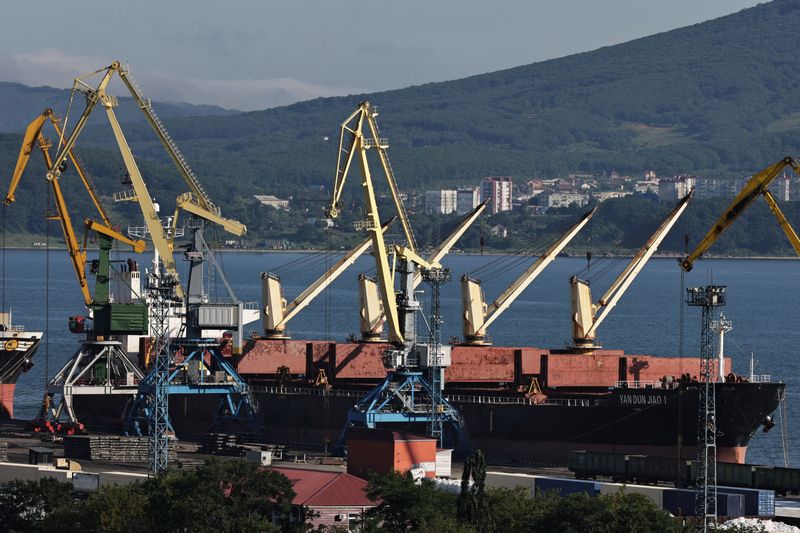By Noah Browning
(Reuters) – Oil prices extended losses on Tuesday, with investors expecting lingering U.S. inflation to keep interest rates higher for longer, depressing consumer and industrial demand.
Brent crude futures fell 64 cents, or 0.7%, to $83.07 a barrel by 0845 GMT. U.S. West Texas Intermediate crude (WTI) slipped by 64 cents, or 0.8%, to $79.16.
Both benchmarks fell by nearly 1% on Monday after U.S. Federal Reserve officials said they were awaiting more signs of slowing inflation before considering interest rate cuts.
“Fears of weaker demand led to selling as the prospect of a Fed rate cut became more distant,” said analyst Toshitaka Tazawa at Fujitomi Securities.
Fed Vice Chair Philip Jefferson said on Monday that it was too early to tell whether the inflation slowdown is long lasting while Vice Chair Michael Barr said restrictive policy needs more time. Atlanta Fed President Raphael Bostic said it will “take a while” for the central bank to be confident that a price growth slowdown is sustainable.
All in all, the Fed officials’ comments pointed to interest rates staying higher for longer than markets previously expected. That has implications for the oil market because higher borrowing costs tie up funds in a blow to economic growth and demand for crude.
The market appeared largely unaffected by political uncertainty in two major oil-producing countries.
Iranian President Ebrahim Raisi, a hardliner and potential successor to Supreme Leader Ayatollah Ali Khamenei, died in a helicopter crash on Sunday. Separately, Saudi Arabia’s Crown Prince Mohammed Bin Salman deferred a trip to Japan because of the health of his father, the king.
“The (oil) complex continues to lack major bullish or bearish influences to nudge prices out of the current narrow band, which has become entrenched since the start of May,” said Vandana Hari, founder of Vanda (NASDAQ:VNDA) Insights.
Investors are focusing on supply from the Organization of the Petroleum Exporting Countries (OPEC) and its allies, together known as OPEC+. They are scheduled to meet on June 1 to set output policy, including whether to extend some members’ voluntary supply cuts of 2.2 million barrels per day.
OPEC+ could extend some voluntary cuts if demand fails to pick up, people with knowledge of the matter have told Reuters.
